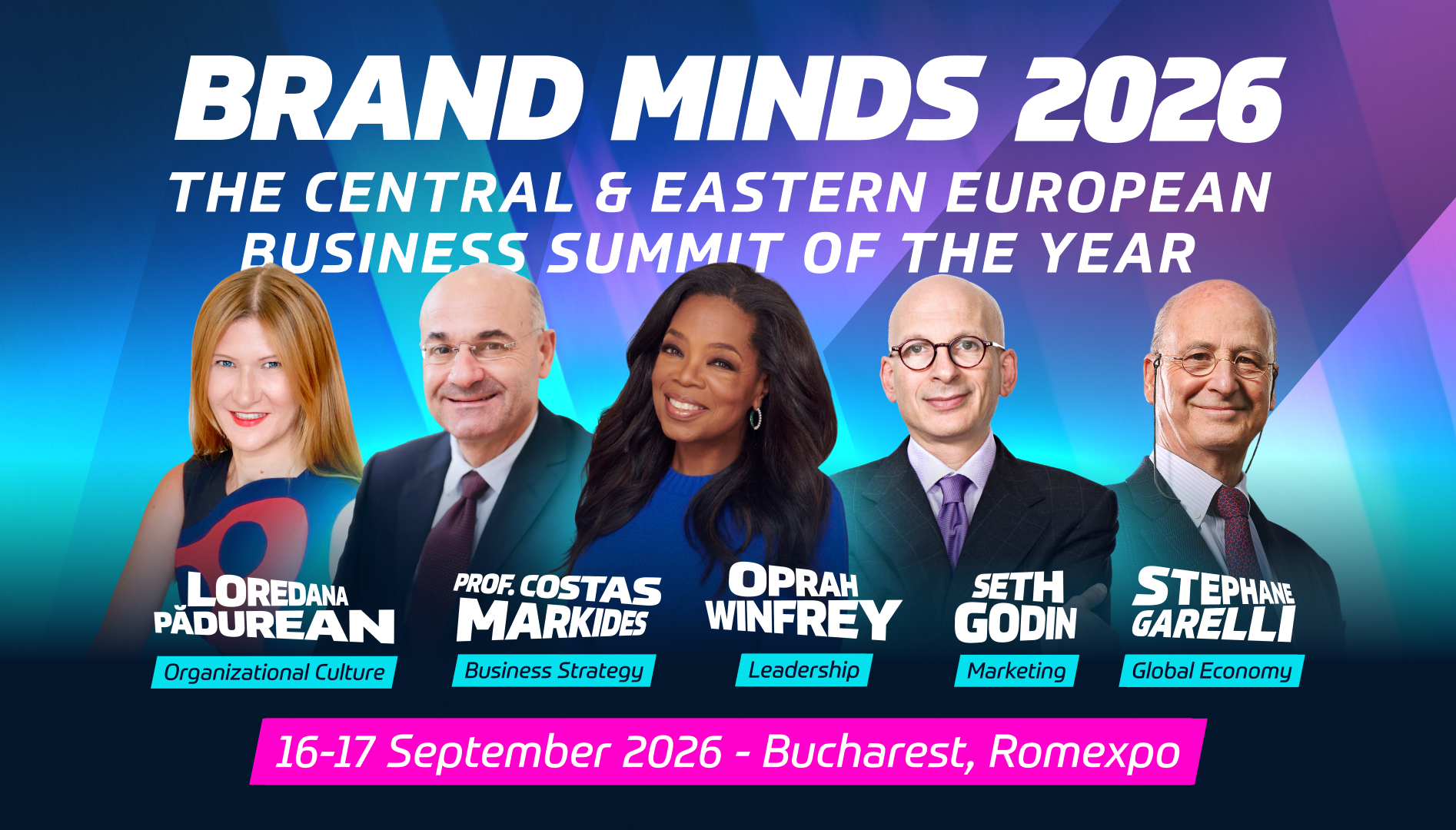Looking to upgrade your storytelling skills? Use one of the 5 storytelling frameworks great movie directors and speakers use to tell stories.
Table of Contents
The Pixar storytelling framework
Pixar, the acclaimed animation studio produces animated films loved by both children and adults.
Few people know but Pixar began in 1979 as part of the Lucasfilm computer division, known as the Graphics Group.
In 1986, Apple co-founder Steve Jobs purchased the Graphics Group and established it as an independent company called Pixar.
Pixar’s first client was Disney, a collaboration that continued over the next twenty years and resulted in Disney purchasing Pixar in 2006 at a valuation of $7.4 billion.
The innovative computer animation studio has produced 24 films with amazing global success. Toy Story 3, Finding Dory, Incredibles 2, and Toy Story 4 are all among the 50 highest-grossing films of all time.
Pixar has earned 23 Academy Awards, 10 Golden Globe Awards, and 11 Grammy Awards, along with numerous other awards and acknowledgements.
Storytelling-wise, what’s the secret behind the success of Pixar movies?

They all follow a simple storytelling framework that anyone can use to tell their brand stories, earn awareness or drive sales.
The Pixar Framework applied to ‘Finding Nemo‘
1. Once upon a time there was a widowed fish, named Martin, who was extremely protective of his only son, Nemo.
2. Every day Marlin warned Nemo of the ocean’s dangers and implored his son not to swim far away.
3. One day in an act of defiance, Nemo ignores his father’s warnings and swims into the open water.
4. Because of that he is captured by a diver and ends up in the fish tank of a dentist in Sydney.
5. Because of that Marlin sets off on a journey to recover Nemo, enlisting the help of other sea creatures along the way.
6. Until finally Marlin and Nemo find each other, reunite and learn that love depends on trust.
The Rags-to-Riches storytelling framework
The Rags to Riches framework refers to any situation in which a person rises from poverty to wealth, celebrity or happiness.
This storytelling framework is one of the simplest: think Aladdin, Cinderella, or if you want real-life stories, Oprah and J.K. Rowling.

The rags-to-riches storytelling framework is comprised of 4 basic stages:
The Rags
The first stage of the story is the rags. Here we meet the main character of the story and discover the tough conditions in which he or she lives (poverty or oppression).
We also acknowledge the qualities that these main characters possess which makes us, the audience, wish they could live a better life. Aladdin is smart, Cinderella is kind.
Oprah was raised in poverty, but she was an excellent student at the university where she studied communications.
As a young divorced and jobless mother, JK Rowling was diagnosed with depression and contemplated suicide.
Opportunity or The big break
Amidst tough times, opportunity comes knocking on the character’s door.
It may take the shape of a magical creature like Aladdin’s Genie in the bottle or Cinderella trying on a glass slipper.
For Oprah, the opportunity was hosting a morning talk show at a local TV station.
JK Rowling’s opportunity came as an idea for Harry Potter, the story that would become a huge global bestseller. Her big break was a publishing house in London which agreed to publish JK’s first Harry Potter book after 12 different publishers turned her down.
Overcoming adversities
While writing the first Harry Potter book, JK’s mother died following a long-term illness. She had a low-paying job but she kept writing.
By the time she completed her third book in the series, JK had ended an abusive marriage and was raising her daughter alone living on welfare benefits. She was as poor as she could be without being homeless.
Oprah’s family was so poor she used to wear potato sacks as a dress. Her mother didn’t provide care or attention and her father was absent. She suffered repeated sexual abuse and gave birth at 14 years old to a baby boy who died within two weeks.
The Riches or Happy End
The Harry Potter series broke sales records everywhere in the world and made JK very rich. She is the first author in the world to achieve a net worth of $1 billion.
Oprah focused on her professional career by hosting the famous Oprah Winfrey Show – the most successful talk show of all time. Her fortune exceeds $2 billion.
The Big Idea storytelling framework
A great example of the Big Idea storytelling framework is Steve Jobs’ iPhone introduction at MacWorld 2007.
It’s a great presentation, delivered by Steve with confidence, humour and touches of sarcasm aimed at the competition.
The Big Idea framework applied to Steve Jobs’ iPhone presentation
Setting
Steve begins by showing the audience Apple’s long experience of designing and creating innovative products that revolutionized the industry. Btw, revolutionary is a word Steve uses a few times to describe iPhone with the goal to trigger excitement among the audience.
Characters
Who are the characters in Steve’s story? Apple’s competition and their smartphones, Blackberry and Nokia are two of them.
Conflict
The conflict in this story is defined more appropriately as a problem to which the iPhone is the solution. Smartphones designed by the competition are not exactly smart, are difficult to use, have a small screen and have poor internet capabilities.
The Big Idea
Steve’s big idea was to innovate in order to solve the problems listed in Conflict. His solution was to take three different products, an iPod, a mobile phone and an internet device and make them into one: the iPhone.
The iPhone is revolutionary: it has multi-touch (an Apple-patented UI interface), a bigger screen display, powerful built-in cameras etc.
Resolution
What does the world look like for customers using iPhones instead of Nokias or Blackberries?
A lot more convenient thanks to its many new features and advanced capabilities.
The Story Cycle™ storytelling framework
The Story Cycle ™ was created by brand story strategist Park Howell.
It’s a 10-step guide to brand story creation, business communications and leadership development.
While looking at the illustration of The Story Cycle and searching for a famous story I can apply the framework, it suddenly occurred to me that there is one story that matches this framework perfectly: the story of Luke Skywalker, the Star Wars Jedi.

The story of Luke Skywalker as The Story Cycle framework
Backstory
Luke Skywalker is a young man living on a moisture farm on Tatooine.
He was raised by his aunt and uncle and knows very little about his parents. He is completely oblivious to the fact that his father is Darth Vader, one of the most powerful Jedi knights in the universe and his mother is Padme Amidala, former Queen and senator of the planet of Naboo. Padme died after giving birth to Luke and Leia, his twin sister. Darth Vader also doesn’t know what had become of his children.
Hero
Luke yearns for adventure among the stars. As chance would have it, he soon gets his wish when he buys two droids, R2D2 and C-3PO carrying a very important message from Leia, a senator and Rebel leader.
With the help of Obi-wan Kenobi, who by now had revealed to Luke the true identity of his father, decides to help the droids deliver the message to the Rebellion. Luke’s journey of transformation begins.
Stakes
Before she was captured by Darth Vader, Leia had hidden the plans to the Imperial Death Star R2-D2.
The Death Star was so powerful a weapon, it could destroy an entire planet. It is imperative for the plans to be delivered to the Rebellion so the weapon could be destroyed.
Disruption
The Imperial Stormtroopers tracked the droids to Luke’s home and killed his aunt and uncle. Left with no family and no home, Luke agrees to join Obi-wan Kenobi and rescue Leia from the Death Star.
Antagonists
Luke’s antagonists are Darth Vader and the maleficent Emperor.
Mentor
After firing the shot that destroyed the Death Star, Obi-Wan Kenobi appears before Luke as his Force Ghost and urges Luke to find the Jedi Master Yoda. Luke goes to planet Dagobah, where the Jedi Master Yoda was hiding and trains with him to become a Jedi.
Journey
In a short period of time, Luke goes from being a farm boy with few prospects of changing his destiny to a Jedi knight fighting alongside the Rebellion to stop the Emperor and Darth Vader.
Victory
In his first encounter with Darth Vader as a young Jedi, Luke loses his hand when Vader chops it off.
Fighting Vader again, this time before the Emperor, Luke refuses Vader’s request to join the Dark Side. Instead Luke pulls his father back to the Light Side. Mortally wounded, Vader kills the Emperor to save his son.
Moral
Luke learns we are all made of dark and light and that both sides are equally powerful. No matter how attractive the dark side is, there is always something good left inside of us that we can always go back to. Being good or evil is a matter of choice.
The Hero’s Journey storytelling framework
Also known as the monomyth, The Hero’s Journey is the standard template of the hero-focused story where the hero goes on an adventure, is victorious in a decisive crisis or a series of struggles, and comes home changed or transformed.
This template was popularized by Joseph Campbell, a professor of literature with a focus on comparative mythology.
He discusses his theory, the hero’s journey in his book, The Hero with a Thousand Faces (1949). Joseph Campbell’s hero journey has 3 stages (departure, initiation, and return) with 17 steps.
The framework that many writers use now is Christopher Vogler’s simplified version of Campbell’s journey. Christopher Vogler is a Hollywood screenwriter best known for working with Disney. His version maintains the 3 stages but has 12 steps.

The Hero’s Journey framework applied to ‘The Hitchhiker’s Guide to the Galaxy‘ movie
1. The ordinary world.
Arthur Dent lives an ordinary life in the countryside, in the UK. One morning he is informed that his house is set to be demolished for a planned road bypass. To save his house, he lies down in front of the bulldozer.
2. The call to adventure.
His friend Ford Prefect arrives and takes him to the pub to save his life. Here he tells Arthur that he’s an alien from another planet and that the Vogons, another alien species, are about to destroy the Earth to make space for a hyperspatial express route. Ford saves Arthur minutes before Earth is destroyed by hitching a ride on the Vogon’s ship.
3. Refusal of the call.
Ford explains the whole situation to Arthur, but Arthur refuses to go to space.
4. Mentor.
Ford has been Arthur’s friend for a long time, but now it’s the first time he reveals his true identity. Ford also confesses to Arthur that he’s in fact a writer researching for his book, The Hitchhiker’s Guide to the Galaxy. Ford assumes the role of a teacher to Arthur, helping him to cope with the new situation and showing him how to adapt to life in the galaxy.
5. Crossing the threshold.
Arthur crossed into a new world when Ford teleported both of them to the Vogon ship.
6. The ordeal.
Throughout his journey across the galaxy, Arthur goes through a series of trials and tribulations meant to take him out of his comfort zone together with his new friends, Ford, Zaphod and Tricia, his love interest. In doing so he realizes that what’s keeping him from living a happier life is fear. The last obstacle that he must overcome is the biggest: save his own life and the life of his friends. His newfound strength and bravery help him convince Tricia that he’s changed.
7. The return.
Arthur and Tricia decide against going back to the newly rebuilt Earth. Instead, they set out to explore the galaxy together. It’s not the hero’s standard return home but Arthur’s return to his true self.
Conclusion
Everybody has a story to tell.
Some have an innate ability to tell compelling stories while others could use the help of a framework.
The most widespread storytelling frameworks are these five:
- Pixar’s Once upon a time framework
- The Rags-to-Riches framework
- The Big Idea framework
- The Story Cycle framework
- The Hero’s Journey framework
Think about your story or your company’s story and choose the most appropriate framework. Now you can tell your story!



















